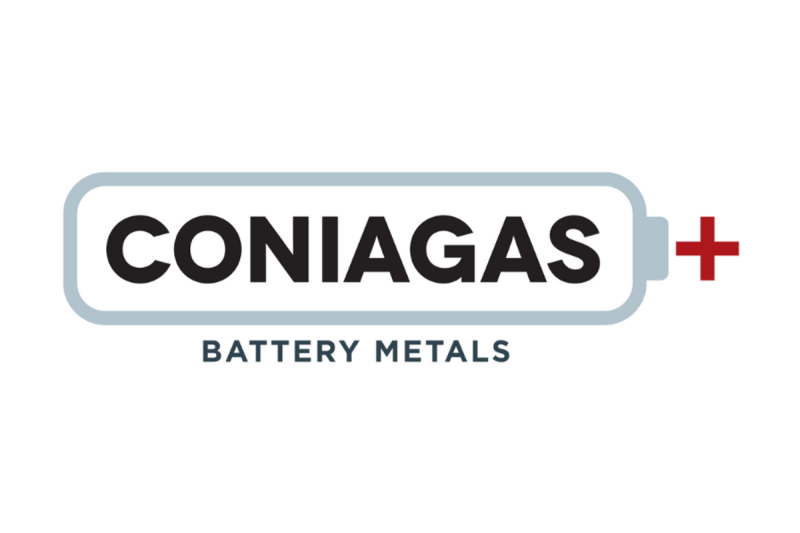Coniagas Battery Metals, a notable player in the field of battery metals, has recently identified cobalt-copper concentrates that can be processed through the Re-2Ox method. This is a significant step in the company’s strategic initiatives, offering hitherto unseen prospects for battery metal exploration. This article elaborates upon this development and what it means for the industry as a whole.
At the heart of this discovery is the Re-2Ox hydrometallurgical process, a residue-free technology created by SGS Canada for its client, Canada Cobalt Works Inc. It is designed to efficiently extract and recover valuable metals from mineral resources. Re-2Ox is a closed-loop process, which renders it environmentally friendly in a market that urgently calls for sustainable solutions. The significance of its usage in this context cannot be ignored.
Specifically, Coniagas plans to use the Re-2Ox process to recover and recycle cobalt, copper, nickel, and other valuable battery metals from mixed hydroxide precipitates (MHP). Such resources are typically derived from their Richview Pine Mill project. This is not without reason as cobalt and copper are often associated with the nickel and lithium found in electric vehicle (EV) batteries.
Cobalt is one of the critical components in the manufacture of rechargeable batteries, widely used in laptops, smartphones, and electric vehicles. Meanwhile, copper plays a significant role in several technological advancements and is classified as a crucial commodity for renewable energy. The decision of Coniagas to process these cobalt-copper concentrates opens a vast landscape for battery metal production necessary for the booming EV industry.
Moreover, the revolutionary Re-2Ox process provides a potential solution to the environmental issues traditionally associated with battery metal exploration and processing. As a closed-loop process, there is no production of harmful waste or residual pollution. This stands in stark contrast to traditional mining processes, which have been known for their significant environmental footprints. The fact that a leading industry player like Coniagas opted for this process exhibits a clear shift towards sustainable methods embracing green technologies.
While identifying cobalt-copper concentrates for processing, Coniagas also explores technological advancement. As a collaboration with Canada Cobalt Works, Coniagas has begun testing an artificial intelligence model to optimize the Re-2Ox process further. This state-of-art AI intervention ensures the adaptive and dynamic responsiveness of the Re-2Ox process towards varying feed material. Consequently, the efficiency and accuracy of cobalt-copper concentrates processing will be optimized to an elevated level, promoting higher rate production.
Therefore, the strategic move taken by Coniagas Battery Metals in identifying cobalt-copper concentrates and allocating the Re-2Ox method for their processing is reflective of the company’s innovative and forward-looking approach. It facilitates the recovery and recycling of vital battery metals in an environmentally friendly way without compromise on production quality and speed.
This venture supplements the energy transition movement sweeping across industries worldwide, given the vital role of these concentrated minerals in the EV battery production. Indeed, the innovative methodology brings forth promising horizons for the battery metals market, magnetizing global attention to the potential of sustainable mining processes like Re-2Ox in satiating market demand for cobalt, copper and other essential battery metals.
In essence, the identification of cobalt-copper concentrates for processing using Re-2Ox by Coniagas marks a significant stride in propelling the battery metal industry towards a greener and more sustainable future. Their innovative use of technology cements their position as industry leaders, setting the tone for future efforts in resource recovery and eco-friendly processing.




